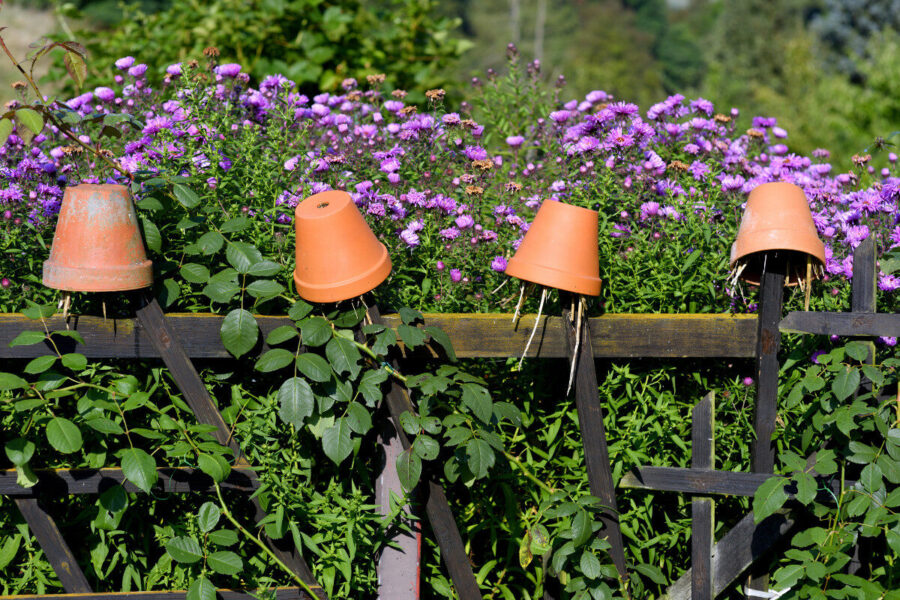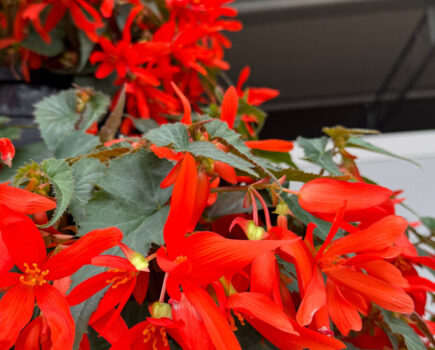Organic gardener Bob explains how he goes on night manoeuvres to protect plants
Our nights are short and warm, so I set my alarm and go out with a bright torch in the early hours of morning well before dawn. I do this with a tin or bucket in hand to drop in the enormous number of slugs and snails I’m about to catch in the act.
Yes, it has been better this year so far with the hot spring, but the first sign of wet and warm and these slippery interlopers will do untold damage if left longer in my garden, so maybe not as early as me, but do get out there and round them up. There were a lot of slugs last year, so there will have been a lot of eggs laid in the soil. I recommend rubber gloves for slugs as their mucus /slime is rather unpleasant and really hard to remove from your hands.
Now to the business at hand which us organic, nature-loving gardeners normally shy away from discussing. Namely, what to do with the potential plant eaters you have now removed. I’ve heard so many animated methods over the years and many of them rather cruel, slow and unpleasant. The thing is though, they do need removing so work with what you feel comfortable with, and helps ensure they don’t return to destroy your precious plants.
On the forage for other nocturnal nibblers
Have you had seedlings, especially beans or brassicas, fall over like a fallen tree cut through near the base? There are several soil- dwelling larvae that come up to do damage, and the worst of these are cutworms, basically caterpillars acting like mini-lumberjacks. So if you’ve had this issue, then grubs caught in your torchlight on the surface can be rounded up for removal.
Then there are the slaters and pill bugs, also known as woodlice, of which we have a great number of very similar species. All do some good as processors of dead material and they may eat other pests’ eggs or young. So in balance they are fine and useful, however en masse they can cause issues, so if you have a large number, do consider moving some of them on.

Shaking off problems
Another noisome critter you may well run across are vine weevil adults, small bean-sized beetles with long snouts. These drop off plants if disturbed by light or shaking, making them hard to catch. If plants are suffering from notched leaves, put newspaper under them during the day then when you come round at night you can hear the weevils drop onto the paper where you can pick them up. You can use the same ploy with gooseberry sawfly caterpillars.
A moot point is earwigs, because undoubtedly these can be incredibly useful predators, but sometimes they develop into problems, especially on dahlias. Again, these hide by day so the night is when to catch and move them on when they can provide some use. Job done.
- Don’t forget that so-called pests are vital food sources for many predatory insects, birds and garden animals, so leave some in the food chain. Removal is only necessary when there are too many of one type of creature to help restore balance.
Find more tips, advice and articles like this at the Amateur Gardening website. Subscribe to Amateur Gardening magazine now





